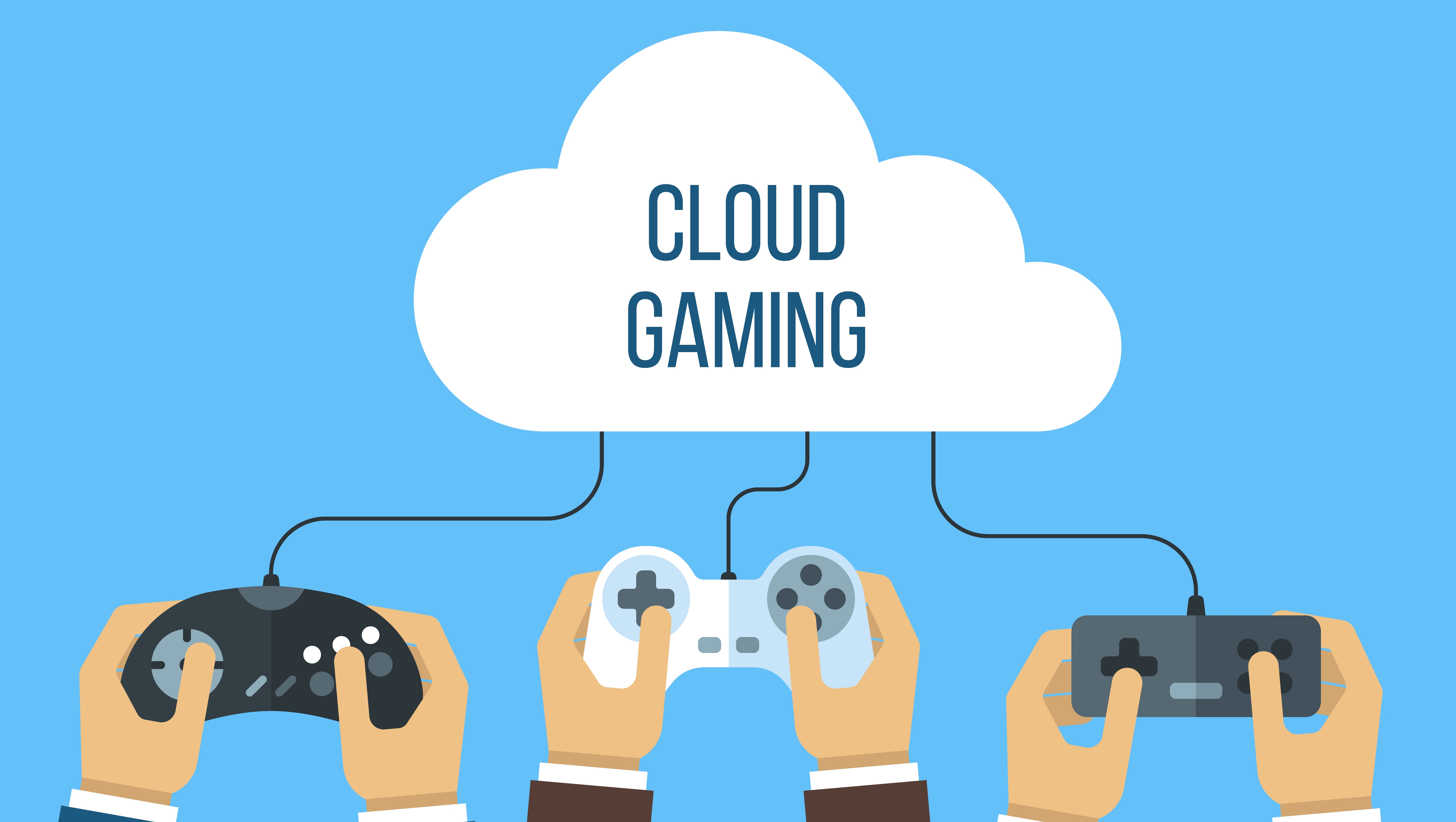
The Evolution of Cloud Gaming: How Streaming is Redefining the Gaming Industry
Cloud Gaming Gaming Technology Streaming Tech Innovation Gaming Industry Future of Gaming Game Streaming Tech Trends
The Evolution of Cloud Gaming: How Streaming is Redefining the Gaming Industry
The gaming world is undergoing a major transformation, thanks to the rise of cloud gaming. This technology allows players to access high-quality games on any device without the need for powerful consoles or PCs. By streaming games over the internet, cloud gaming is opening up new possibilities for gamers and developers alike. In this post, we’ll explore how cloud gaming works, its benefits, and what the future holds for this exciting innovation.
What is Cloud Gaming?
Cloud gaming, also known as game streaming, allows users to play video games by streaming them from powerful remote servers. Instead of relying on local hardware like a console or gaming PC, the heavy lifting is done in the cloud, and the game is streamed to the player’s device in real-time. All the player needs is a stable internet connection and a compatible device—be it a smartphone, tablet, smart TV, or even a basic laptop.
How Cloud Gaming Works
In a cloud gaming setup, the game runs on a powerful remote server, and the video and audio are streamed to the player’s device. Inputs from the player, such as button presses or mouse clicks, are sent back to the server, which processes them and sends the updated game data back to the player. This process happens almost instantaneously, providing a seamless gaming experience, provided the internet connection is fast enough.
Benefits of Cloud Gaming
Cloud gaming offers numerous benefits that are transforming the gaming industry:
1. No Need for Expensive Hardware
One of the biggest advantages of cloud gaming is that players no longer need to invest in expensive gaming consoles or high-end gaming PCs to enjoy the latest titles. Since the games are run on powerful servers, players can access high-quality graphics and performance on virtually any device, even low-end hardware.
2. Play Anywhere, Anytime
Cloud gaming allows players to enjoy their favorite games on the go. Since the games are streamed from the cloud, players can switch between devices, picking up where they left off without losing progress. Whether you’re at home, commuting, or traveling, you can continue gaming as long as you have an internet connection.
3. Instant Access to Games
With cloud gaming, there’s no need to wait for lengthy downloads or updates. Games are instantly accessible through the streaming platform, meaning you can start playing within seconds. This on-demand experience is similar to streaming movies or music, offering a more convenient and seamless way to enjoy gaming.
4. Scalability for Developers
For game developers, cloud gaming offers new opportunities for scalability and reaching a wider audience. Games can be developed to take advantage of powerful cloud infrastructure, allowing for more complex and resource-intensive games without worrying about the limitations of consumer hardware. This also makes it easier for developers to roll out updates and patches in real-time.
Challenges of Cloud Gaming
Despite its potential, cloud gaming still faces some challenges that need to be addressed:
1. Internet Speed and Latency
Cloud gaming requires a fast and stable internet connection. High-speed internet is essential to ensure smooth gameplay with minimal lag, especially for fast-paced games. In areas with poor connectivity or data caps, cloud gaming can be less accessible.
2. Ownership of Games
Cloud gaming often operates on a subscription model, where players pay to access a library of games rather than owning individual titles. This can be a drawback for players who prefer to own physical or digital copies of games, as access to the games may be lost if the subscription is canceled or the platform shuts down.
The Future of Cloud Gaming
As internet infrastructure continues to improve, the future of cloud gaming looks bright. Major players like Google Stadia, Microsoft xCloud, NVIDIA GeForce Now, and Sony PlayStation Now are investing heavily in the technology, making cloud gaming more accessible and reliable. As 5G networks roll out, the faster speeds and lower latency of 5G will make cloud gaming even more seamless, allowing for higher-quality streams and a better overall experience.
Additionally, cloud gaming is expected to enable new forms of interactive entertainment, such as shared gaming experiences across devices, live-streamed events, and integration with virtual and augmented reality.
Conclusion
Cloud gaming is redefining the way we play video games, offering players the freedom to access high-quality games without the need for expensive hardware. While there are still challenges to overcome, such as internet connectivity and game ownership, the potential of cloud gaming is undeniable. As technology advances, cloud gaming is set to become a dominant force in the gaming industry, transforming how developers create and distribute games and how players enjoy them.
Thank you for reading, and stay tuned for more insights and tips as we continue our tech journey together!